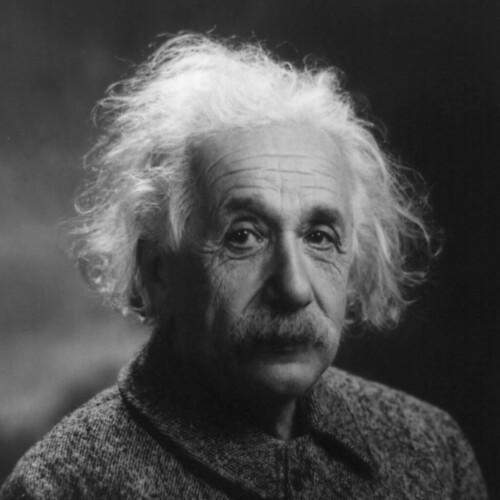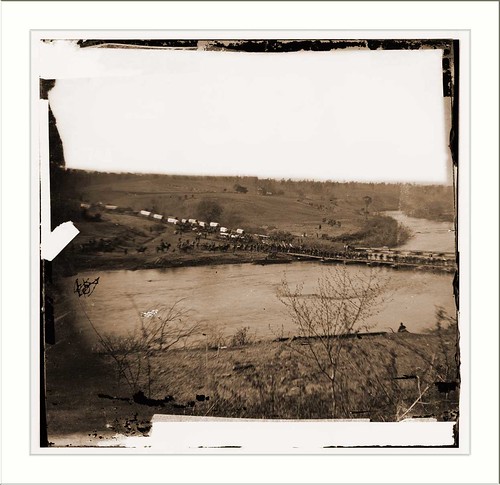9.27.2011
F.B. Purity Cleans Up Your Facebook Homepage
F.B. Purity is a browser extension/script that removes the stupid quiz messages and other silly application spam from your Facebook homepage, leaving only those messages which you are actually interested in, including statuses, links and photos. You may select the types of messages that you wish to see; the extension is customizable.
The download page includes an F.B. Purity Help/FAQ and an F.B. Purity User Guide.
The download link is here: F. B. Purity Download Page
The latest features include a hide the ticker/happening now option, an increase font size option, and a hide Facebook questions option.
Freeware. And F.B. stands for Fluff Busting.
Five of the Dead Sea Scrolls Go Online
This effort is funded by George Blumenthal and the Center for Online Judaic Studies, which first envisioned the project in order to make these manuscripts widely accessible and to create an innovative resource for scholars and the public alike.
Tens of thousands of fragments from 900 Dead Sea manuscripts are held by the Israel Antiquities Authority, which has separately begun its own project to put them online in conjunction with Google by the year 2016.
The most complete scrolls are held by the Israel Antiquities Authority, which has no announced plans for digitizing the manuscripts.
from The Spartanburg Herald Journal Online and The Dead Sea Scrolls Digital Project website
9.23.2011
Banned Books Week 2011 starts Sept. 24!
9.22.2011
Mrs. Smith's Floating Island Recipe

Floating Island
To a quart of milk add ¼ lb. loaf sugar
4 glasses Lisbon wine, + yolk of an egg
Beat the yolk and sugar together + pour wine on it. Beat the whites of 6 eggs stiff with a gill*of currant jelly for the top.
*A gill is equivalent to a quarter of a pint.

Put a qt of milk over the fire + while coming to a boil, beat the yolks of 4 eggs with 2 tablespoonsful [sic] flour and sugar to the taste. Put this in the milk as soon as it boils, stir it until it becomes the consistency of cream [.] [S]et it away to get cold. Beat the white stiff with currant jelly + sugar.
9.14.2011
Troublesome help in individual cases

courtesy of Library of Congress
The Littlejohn Collection at Wofford College has a letter written by Albert Einstein to a friend in Germany. In the letter, Einstein alludes to the anti-Semitism spreading across Europe in the 1930s and 40s.
[Transcription, translated from German:]
Hotel Delmonico
New York City
Dear Mr. Ettlinger:
Sincere thanks for your congratulation and the pipe you sent me. -- Meanwhile terrible things happen and one cannot do anything about it, except for troublesome help in individual cases. You are quite right, it is hard to understand that the people in England Anno 33 did not earnestly consider your materials. How easy it would have been to avoid the present calamity.
Fondest regards
Your
A. Einstein
- Hannah Jarrett ‘12
1 Fred Jerome and Rodger Taylor, Einstein on Race and Racism, New Jersey: Rutgers University Press, 2005, p. 3-4.
2 Jerome, p. 6.
3 Jerome, p. 7.
4 Ewald Osers, trans., Albert Einstein: A Biography, New York: Penguin Group, 1997, p. 659.
5 Osers, p. 488.
6 Hanoch Gutfreund, “Einstein’s Jewish Identity,” in Einstein for the 21st Century: His Legacy in Science, Art, and Modern Culture ed. Peter L. Galison et al., Princeton: Princeton University Press, 2008, p. 28.
7 Jerome, p. 7-8.
9.12.2011
8.29.2011
Mrs. Smith's Best Ginger Snap Recipe (from 1880)
Ms. Manami Matsuoka, Wofford's expert on Japan


8.26.2011
A Private's Wilderness
-Private Jesse Easton Bump, May 3, 1864
The Littlejohn Collection at Wofford College is home to the journal of Private Jesse Easton Bump, a Union soldier during the American Civil War. Bump was a soldier in the 119th Regiment, or the Pennsylvania “Gray Reserves.” He wrote a short entry almost everyday between September 1863 and August 1864. The entries below describe Bump’s experience during the Battle of the Wilderness which took place near Orange County, Virginia from May 5 to May 7.
The Battle of the Wilderness was the beginning of Lieutenant General Ulysses S. Grant’s Overland Campaign. The objective of the battle was to gain possession of General Robert E. Lee’s Army of Northern Virginia. The Union and Confederate armies had spent the winter in close proximity; the Confederates were camped on one side of the Rapidan River at Mine Run and the Union army on the other side of the river near Culpeper.1Private Bump and the rest of the VI Corps left their winter camp and crossed the Rapidan River on May 4, 1864. He wrote in his journal,
We were awakened by the drum this morning before daylight but did not start until 6 o clock[.] Our line of march was the same as that last fall when we went to Mine Run[.] We have now halted for the night in what is called the Wilderness[.]
In order to avoid the strongly fortified Confederate camp at Mine Run, Grant decided the Army of the Potomac would have to fight in the wilderness surrounding the Rapidan River. The Wilderness was riddled with gullies and tangled underbrush. An individual would find the terrain difficult to move through, yet Grant ordered an entire army to march through it. Because of the wild landscape heavy artillery and cavalry (which were among Grant’s main advantages against the Confederates) could not be used effectively.2
By the way we were moveing [sic] around this morning it was apparent to any old Soldier that our enimy [sic] were somewhere concealed in the thick underbrush[.] at 11,30 Am we suddenly came upon them[.] heavy skirmishing was kept up for some time when the whole line became engaged which lasted until dark[.] an occasional shot was fired during the night[.]
By late morning on May 5, Grant sent VI Corps to hold the strategic Orange Plank and Brock crossroads at any cost until reinforcements could arrive.5 The battle was unlike any the soldiers had seen so far. The wild landscape made fighting more chaotic than usual; lines between divisions blurred among the tall trees and the dry forest caught fire on many occasions. Bump’s journal entry on May 6 details the number of men lost in the Wilderness:
Early this morning we received orders to advance our line first[.] as we fell in one of our best men (in the Co) was killed by a ball supposed to be that of a sharp shooter[.] The loss in my Camp to this time is 8 wounded one killed[.] that of the Regt is said to be 120[.] The sharp shooters are annoying our Pioneers who are building brestworks [sic]
By the end of the battle, about 15,000 Union soldiers were killed, wounded, or missing. The Confederates lost about 11,400.6
Neither side was able to gain a permanent advantage by the second day of fighting because everyone had trouble maneuvering and maintaining order.7 In a last attempt, Ewell ordered a surprise attack on VI Corps on May 6, but the Confederates quickly became disorganized and struggled to gain their objective. Bump recounted these events the next morning in his journal:
Last night the Rebels charged in front of us three times but were handsomely repulsed each time[.] They finally turned our left flank held by our 2d Division & we were compelled to fall back we fell back to within six mile of Chancelersville [sic] with orders to march at nine o clock to night[.]
As Bump states in his journal, Grant ordered the soldiers to prepare for a night march on May 7. The Army of the Potomac was to move to Spotsylvania,Virginia in order to gain an advantage: the open fields surrounding Spotsylvania would be better for fighting and, if held, would be important in securing Richmond, the Confederate capitol. Already exhausted from two days of hard fighting, the army marched all night to Spotsylvania where fighting continued.
- Hannah Jarrett '12
1 Joseph P. Cullen, “Battle of the Wilderness,” Wilderness and Spotsylvania, Harrisburg: Eastern Acorn Press, 1985, p. 4.
2 ibid.
3Cullen, p. 5.
4 Noah Andre Trudeau, “Battle of the Wilderness.”
5 Cullen, p. 9.
6 Cullen, p. 15.
7 ibid.
8.24.2011
Google Doodle Honors Argentine Author Jorge Luis Borges | PCWorld

The latest mysterious Google doodle honors what would have been Argentine author Jorge Luis Borges' 112th birthday. Aside from being a pioneer in the genre of magical realism, Borges also imagined some of the foundational concepts of the Internet, such as "hypertext," long before the dawning of the digital age.










